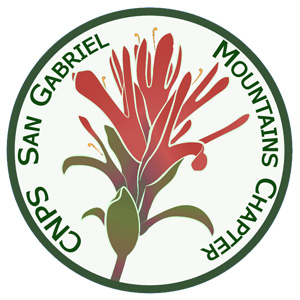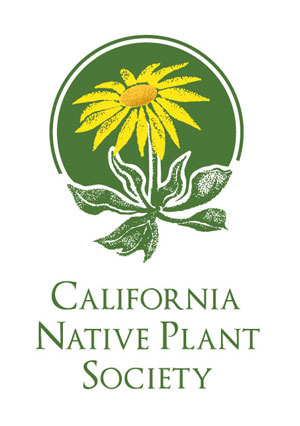 |
Are you Aware of New Vegetation Regulations for Zone Zero in Expanded High Severity Fire Zones?If you live in a red or pink area in the map below, care about our urban habitats (tree canopy and other vegetation), and/or simply want our state government to formulate wise regulations, your voice is needed. Please read on. Map from CalFire. Fire Hazard Severity Zones in Local Responsibility Area, as Recommended by the State Fire Marshal in 2025: red (very high) orange (high) yellow (moderate). Fire Hazard Severity Zones in State Responsibility Area, Effective April 1, 2024: pink (very high) light orange (high), yellow (moderate).
The CA state government passed AB 3074 in 2020 which required the State Board of Forestry and Fire Protection to development regulations creating an "ember resistant zone" within 5 feet of structures. Rule making has been slow until Governor Newsom signed an order on February 6, 2025 ordering final rules to be made by December 31, 2025. The July draft of the rules states that in addition to prohibiting combustible petroleum products, firewood, trellises, boards, window boxes, no landscaping materials, likely to be ignited by embers, will be allowed within 5 feet of any structure (including homes, decks, or adjacent homes or structures on your or your neighbor’s property). This includes, but is not limited to grass, ornamental or native plants, shrubs, fallen leaves and tree needles, weeds and combustible mulches. Well maintained trees are permitted, but perplexingly no branches within 5 feet of any structure will be allowed. This applies to very high fire hazard severity zones in local responsibility areas as well as state responsibility areas (see map above). Why This Matters: Vegetation provides shade and cooling, habitat for urban wildlife, privacy, and aesthetic and cultural value in our neighborhoods. The current draft of rules are not well supported by peer-reviewed scientific studies on post-fire structure survival; in fact, there is evidence that hydrated, well maintained vegetation is protective. Enforcement costs will fall on local municipalities, compliance costs will be the property owner's responsibility; and noncompliance will influence structure insurability. A one size fits all approach for the entire state cannot meet the needs of both dense urban and rural areas. The current draft of rules provides a false sense of security when factors other than vegetation, such as building materials, topography, building density, and community home hardening play much larger roles in preventing structure ignition. Learn more from voices fighting for wiser rules:
What can you do? Contact (best to call) your state and municipal representatives; they may not be aware of these Zone Zero regulations and how they will affect your community. Send comments via email to the Board of Forestry (PublicComments@bof.ca.gov). Public input has improved recent drafts of these rules showing your voice can be consequential. For example, the most recent draft of rules has an allowance for development of local alternative practices; strong public support for this is important so that it is maintained and clarified in the final rules. |
|
|
||||
 |
 |
|
CNPS Statewide Website | San Gabriel Mountains Chapter Website |